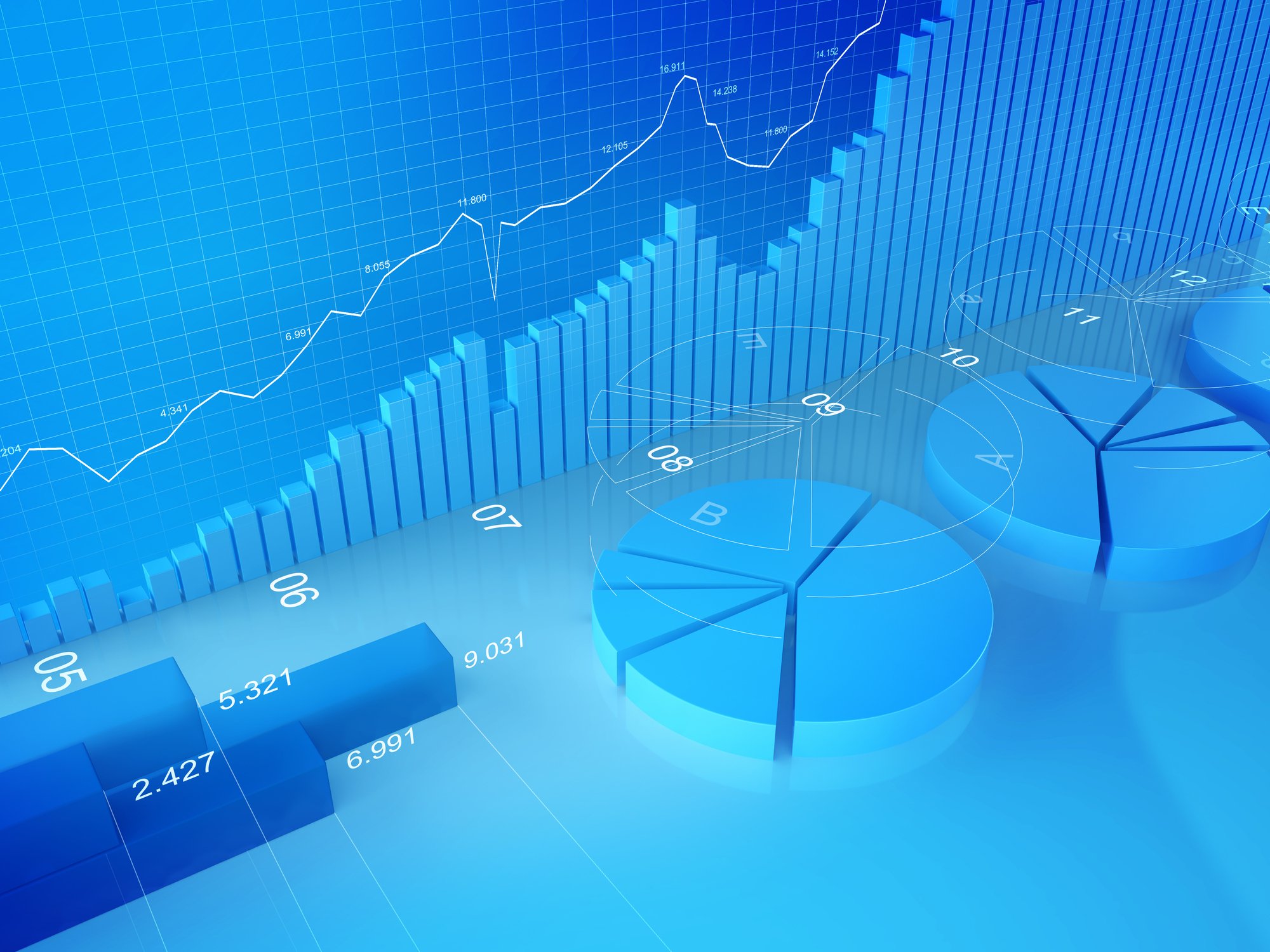
Image source: Getty Images.
Options traders love volatility, because it can take options that are worth almost nothing and turn them into huge moneymakers overnight. One way of measuring how much volatility there is in the market is the CBOE Volatility Index, or VIX for short. The VIX reflects the expectations that investors have about the volatility of the overall stock market as represented by the S&P 500 index. The higher the VIX is, the higher the expectation that stocks will move dramatically in one direction or the other in the near future. Below, we'll take a closer look at exactly what the VIX does and why investors should care even if they don't trade options.
Why the VIX is important for options traders
The CBOE Volatility Index measures expected volatility of the S&P 500 over a three-day target time frame. In order to calculate that measure, the Chicago Board Options Exchange looks at the price behavior of many different call options and put options on the S&P 500 index, using different strike prices and multiple expiration dates that incorporate the trading of weekly S&P options. A complex series of rules determines exactly which option prices get used in calculating the VIX, but once the options are chosen, the CBOE takes a weighted average to come up with the index value.
In general, the higher the value of the VIX, the greater the expected volatility. More specifically, for options traders looking to purchase calls and puts, higher volatility typically translates into higher options prices for a given option, all other things being equal. Volatility isn't the only important variable that goes into calculating option prices, but it does play a vital role in most option pricing strategies.
Why regular investors should pay attention to the VIX
For investors who don't intend to use options as part of their investing strategy, the VIX might seem to be irrelevant. However, the CBOE Volatility Index plays a role in the mindset of everyday investors. In particular, some have dubbed the VIX the "Fear Index" because of its tendency to rise when the market drops and to decline when the market rises. Theoretically, that tendency in the VIX shouldn't exist if the market were as likely to soar higher as to crash lower. However, historically, stocks have tended to have more dramatic moves to the downside than to the upside, and that explains the inverse relationship between the VIX and the stock market broadly.
Even though traders tend to interpret high VIX levels as danger points, long-term investors can use a high VIX reading as a signal to look more closely at stocks. Once the VIX has risen, some stocks might have had their share prices beaten down already, and others might have higher chances of falling to attractive levels than usual. Using the VIX as an early warning system to start looking for bargain opportunities has been a smart strategy over time, especially in recent years when long periods of low volatility were the norm rather than the exception.
That said, it's important to understand that the VIX has limited usefulness when you're looking at individual stocks. The VIX is related to the S&P 500 index, and so it measures volatility of the entire U.S. large-cap market. The CBOE actually calculates volatility indexes based on certain individual stocks, and they can differ greatly from the corresponding figures for the broader index -- even when those stocks are themselves constituents in that index.
The VIX is especially important to options traders, but it also has value for ordinary investors. By tracking the VIX, you can get a sense of the mood of the overall market and whether investors in the options market expect good times or bad ahead.





